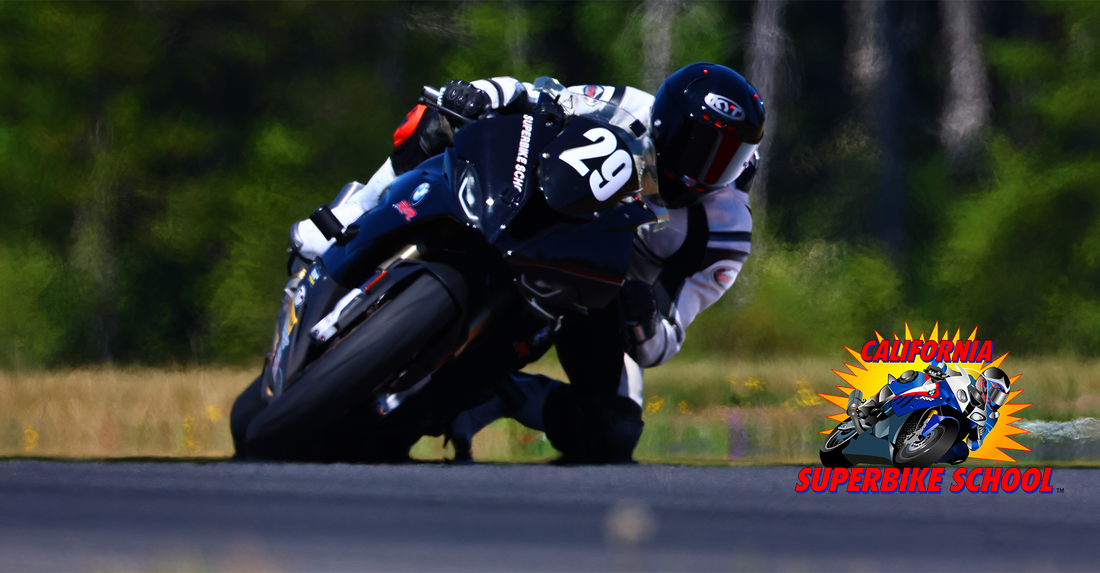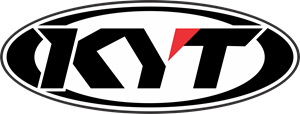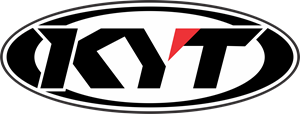
KYT Rides with California Superbike School
A Thrilling (HOT!) Track Experience at The Ridge Motorsports Park
The KYT Americas team recently embarked on an exciting journey with the California Superbike School (CSS), participating in their two-day course during a scorching weekend at The Ridge Motorsports Park. This event marked a significant collaboration between one of the leading motorcycle helmet manufacturers and the longest standing premier motorcycle training school.
Since 2021, KYT Americas has been the official helmet of CSS, offering demo and rental helmets to students, as well as the preferred helmet for staff. With such a strong relationship, KYT Americas’ leadership team was excited to experience two-days in the life of a student to learn how we could better serve CSS and also gain a better understanding of the iconic program. Additionally (and maybe more honestly) we were excited to get on the track-prepped BMW S1000rr and turn some laps!

California Superbike School History
For over forty years, CSS has been the leader in motorcycle performance schools. Keith Code is synonymous with the art of cornering a motorcycle. His first book published in 1983, A Twist of the Wrist, revolutionized the way we discuss riding a motorcycle. It has been called the “cornering bible;” required reading for any serious rider. At the time it was published, there was no industry consensus on “how to go fast” and definitely not how to do so in a safe manner. As a result of the success with his road racing schools, Code’s book and methodology formalized a system of teaching and understanding performance riding.
The idea of a school dedicated to teaching people how to ride a motorcycle for road racing was considered outlandish in the 1970s. Motorcycle racers were fly-boys: loose and fast with no regard for their safety. As Code established his school with racers at Willow Springs Raceway, street riding throttle jockeys were systematically decimating the powersports industry through their recklessness in the canyons of Malibu and Angeles Crest Highway. The evening news was locked on to the dangers of riding and motorcycle sales dwindled as a result. So, when Keith Code had the idea to take his proven road racing curriculum and teach it to the general public, not many took him seriously.
Keith Code is a student of data and logic. His ability to distill sometimes overwhelming information into taglines and easy to remember steps allows students to apply concepts at speed. Code’s linear thinking is imbued into everything he does, including operating of a logistically complex calendar, the fleet of dozens of motorcycles, and over 22 full time staff members. His innovation and discipline won over OEMs and investors, and in 1980, the California Superbike School was created.

Over four decades later, weathering the ups and downs of the industry, CSS is stronger than ever. They are an industry mainstay. For some, they are the first step in their motorcycle journey, and the very existence of trustworthy instruction at an established school has justified the purchase of a motorcycle for thousands.
A Perfect Setting for a Track Day
The Ridge Motorsports Park, nestled in the scenic Pacific Northwest, provided the perfect backdrop for our learning experience. Known for its technical layout and elevation changes, the sixteen-turn track offers an ideal environment for both seasoned riders and newcomers to hone their skills.
Typically, for nationals and club races, the Ridge is run with a chicane built into the front straight. The track layout for the CSS two-day event used the original ‘no-chicane’ layout, making for a very spicy 160mph-plus entry into the turn one braking zone. The high-speed entry tests students’ ability to apply the techniques learned in the preceding classroom session.
Looking ahead at the forecast, we all knew it was going to be a grueling couple of days with ambient temperatures reaching triple digits. Those familiar with race tracks know that they are surrounded by tarmac paddocks and parking lots… effectively placing riders and internal combustion engines on a square mile baking sheet.
Kudos to the CSS team for staying on top of hydration with all the students. They do a fantastic job of making sure everyone is taken care of on and off the track so they can focus on learning and application. The first thing to slow down during dehydration is the brain. Slow brains and high speeds are a dangerous combination. We came to learn… and ride—two things that require a well-watered noodle.

Day 1: Getting Up to Speed
After the obligatory riders meeting, we met our assigned on-track instructor for the day prior to a few sighting laps. It was also our chance to get acquainted with the BMW S1000rr—a top-shelf superbike that has officially ruined my chances of being satisfied with anything less. Smooth as butter, the S1000rr is a perfect dance partner. It will meet you at your level or take you into the deep end, and with the added insurance option, you’ll feel less timid about full-send economics.
Rotating through 20-minute increments of classroom session, on-track instruction, then break set the cadence. Luckily, the Ridge offered air-conditioned classrooms and while on track, we used the MPH cooling system. Along with proper hydration, we were able to sweat it out just fine.
Completing level one back in 2015, I was now qualified to take level two. Others within our group were experiencing CSS for the first time. Regardless of their extensive road racing résumés, they were enrolled in level one, the same as any other student starting the curriculum. We were all there as students. An important position to assume when genuinely seeking improvement.

The first day we started with a quick review of level one skills, which I appreciated because ten years is a long time in between courses and while I’ve been riding the whole time in between, I was very rusty on CSS’s methodology. After the review, we then moved into the curriculum for level two, working on a single technique for each session. The emphasis was on understanding the drills for each technique covered during the classroom session and applying it on track with our instructors. After moving through all five drills and classroom sessions, the day was wrapped and I genuinely felt like I had valuable take-aways.
The on-track instructors were fantastic. They were patient, kept the students on task, and provided valuable feedback. During classroom sessions, Dylan Code was methodical, clear, and concise in his presentation. He kept each lesson short and very focused.
At the end of the day, the KYT team was wrung-out but we were looking forward to another scorcher on day two.
Day 2: Advanced Techniques and High-Speed Fun
Moving on to level three, the second day pushed us further, introducing more advanced techniques on body position and working with the bike on corner entry, direction change, and exit. Over the course of the day, the emphasis was on allowing the bike to work as it was intended by limiting inputs that upset the chassis. During the classroom sessions, we actively worked with a static S1000rr so our instructor could adjust our body position. Personally, I benefit from having someone physically move me and break through the barriers we often experience in the brain-body connection.
With no lap timer, it was tough to say if I was lapping faster, objectively. I felt that my base knowledge improved and I was able to integrate the CSS systems into my existing riding style and technique. The team all felt like we were able to clean up some bad habits. Regardless of which school or instructor you choose, having a pair of trained eyes on you will always bring areas of improvement to the surface.

Battling a second day of one-hundred-degree weather was more challenging. Again, the CSS staff was right there to support us with calories and hydration. They are in a league of their own when it comes to concierge service and creating an environment that encourages safe learning. Their clientele are often leaders in their respective industries and the fact that they come back time and again is a testament to the caliber of service CSS provides.
By the end of my two-day school, I felt an improvement overall—not just in my actual riding, but how I viewed the rider-bike relationship. Moreover, I was sold on CSS as an organization and a community committed to the safety and progress of high-performance riding. I spent some quality time chatting with Keith and Dylan about their program, the history, and the future. They are genuinely focused on improving riders’ skill and safety. The commercialization of the school is a consequence of its tremendous success.
KYT Helmets: Committed to Safety
Throughout the event, the KYT Americas team showcased their latest helmet models. Known for their cutting-edge technology and superior safety features, KYT helmets are designed to meet the demands of high-performance riding. The collaboration with California Superbike School highlighted the synergy between rider training and safety gear innovation.

On top of having a great time learning and riding, we enjoyed getting to know other riders within the community, and were thrilled to answer product and fitment questions for those interested in KYT. Feedback on the NZ Race was overwhelmingly positive, and the interest in the new FIM homologated KX-1 Race worn by the team was equally encouraging.
KYT Americas is proud to be the official helmet of California Superbike School. Our company philosophies are similar in their emphasis on safety and performance. The partnership has proven to be a resounding success. This event not only strengthened the bond between the two organizations but also reinforced our mutual commitment to advancing the sport of motorcycling.

